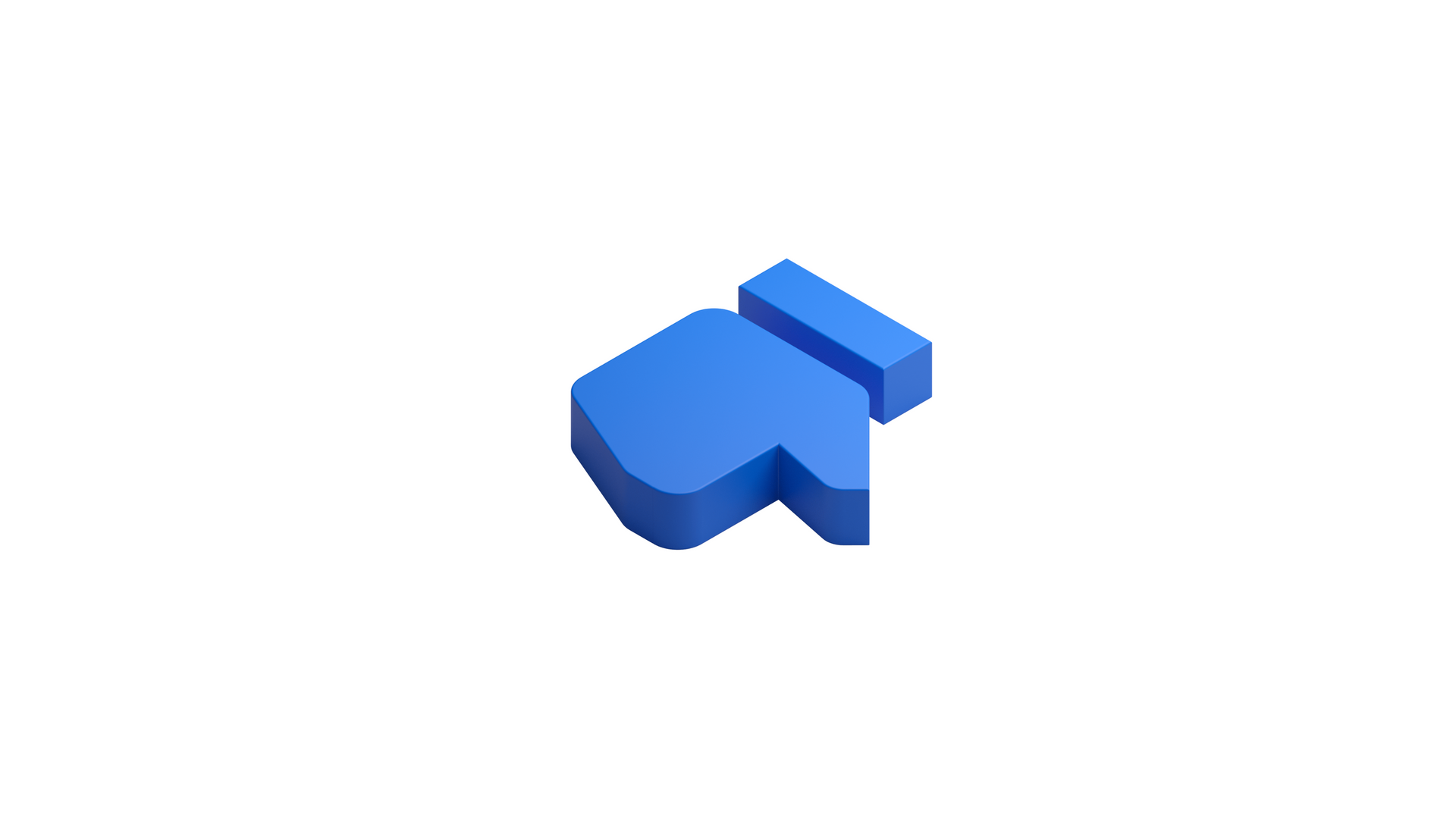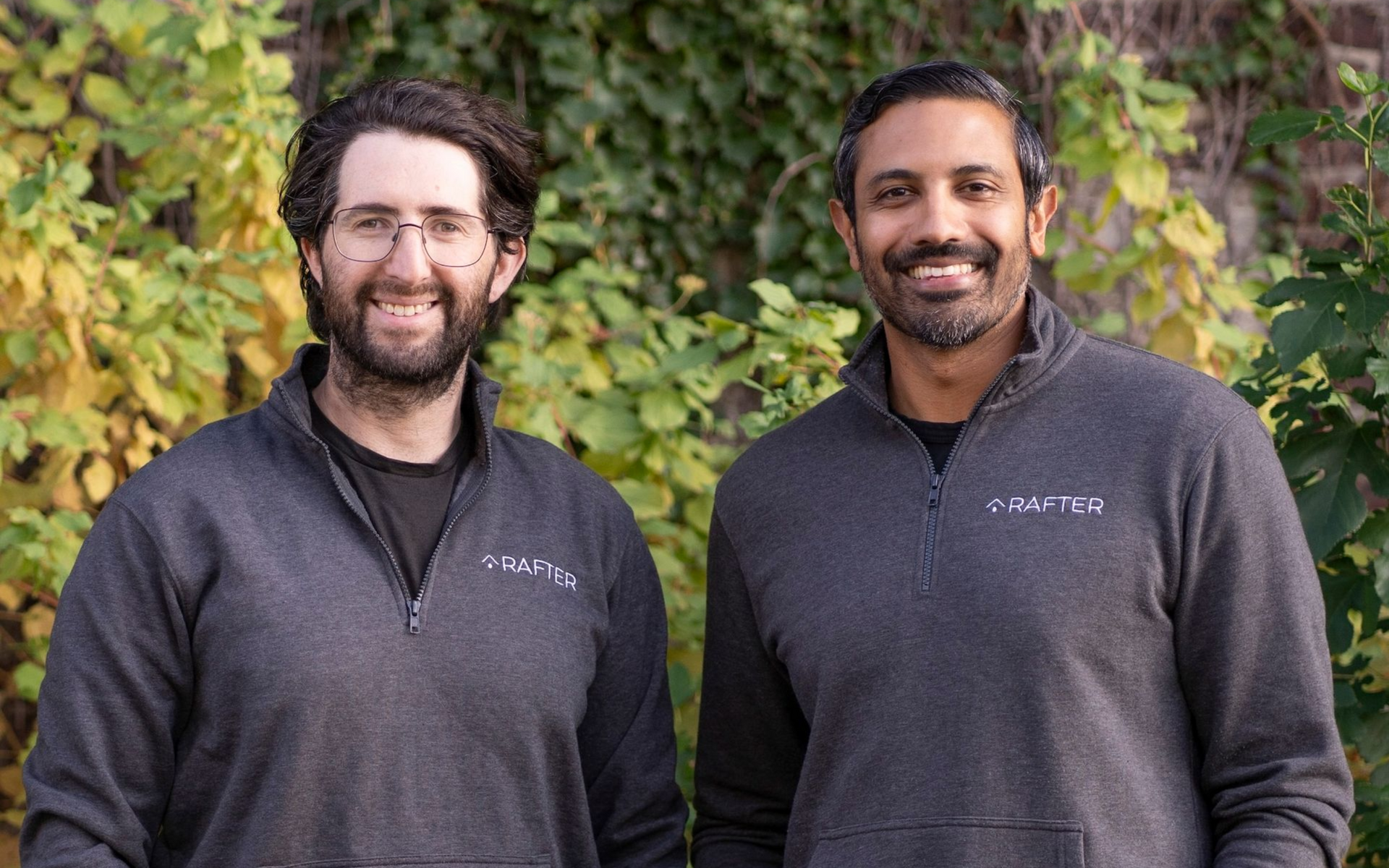The “Safe Driver” Moment for Homeowners Insurance
Auto insurance transformed when Safe Driver programs rewarded policyholders for better habits and helped carriers control losses. That shift didn’t just reshape pricing, it reshaped trust, retention, and claims economics.
Now, homeowners insurance faces its own inflection point. The pieces are in place for a Safe Home model—one that uses technology, data, and preventive engagement to reduce losses, improve loyalty, and strengthen the economics of the line. The opportunity is both an imperative and a pathway forward, and Rafter is building the operating system to make it real.
The Auto Precedent
Safe Driver programs didn’t emerge in a vacuum. They came about because the auto insurance market was under strain.
- Loss costs were climbing. Rising medical bills, more expensive repairs, and distracted driving made profitability difficult.
- Traditional rating factors were blunt. Age, credit, and ZIP code were imprecise proxies, drawing scrutiny from regulators and consumers alike.
- Technology matured. OBD-II dongles, GPS, and eventually smartphones made it possible to measure actual driving behavior in real time.
The combination of pain and possibility unlocked a new model. Carriers could segment risk more precisely, price more fairly, and influence behavior to reduce claims. The result: safer drivers, stronger margins, and a model that became mainstream.

The Home Insurance Parallel
Homeowners insurance now finds itself in the same position auto was 15–20 years ago.
- Loss costs are climbing fast. Secondary perils like hail, convective storms, and water damage are driving severe claims. Reinsurance costs are skyrocketing, leaving homeowners insurance as the least profitable major line.
- Traditional rating factors are blunt. Carriers lean on replacement cost, roof age, or territory—none of which holistically capture how a home is actually cared for.
- The data environment is shrinking. Public datasets insurers once leaned on—weather, crime, infrastructure—are being pulled back, leaving carriers structurally disadvantaged.
The industry is squeezed by losses, hampered by outdated proxies, and deprived of traditional data inputs. Just as in auto, a new approach is needed.
Why Now: The “Safe-Home” Moment
The enabling conditions for innovation in homeowners insurance are finally in place:
- Multi-source home data capture. Sensors matter, but they’re just one input. Service records, homeowner self assessments, third-party diagnostics, and self-reported issues now combine into something new: the Home Health Record, the home’s equivalent of a driving score.
- AI plus human expertise. Advances in analytics make it possible to fuse noisy, diverse signals into credible risk scoring and prioritized action.
- Consumer readiness. Homeowners already embrace smart devices and expect proactive digital support—just as they do in healthcare or auto.
- Insurer urgency. Carriers need new proprietary data streams to restore profitability and differentiate in a crowded market.
In other words, the industry is ready, the technology is mature, and the consumer appetite is there. The Safe Home moment has arrived.
What is Needed to Make This Successful
For the Safe Home model to succeed, three elements must come together.
First, trust. Homeowners must know their privacy is protected and that participation is voluntary. Just as successful auto programs emphasized transparency over surveillance, Safe Home programs must focus on empowering families, not monitoring them.
Second, clarity of incentives. Homeowners need confidence that prevention can only help them. Rafter’s approach is anchored in premium reduction, never premium increases, ensuring that participation is framed as support and savings.
Finally, regulatory alignment. As regulators expand what preventive actions can qualify for credits, insurers will have the chance to reward good behavior with meaningful financial benefits. Momentum around these shifts will help scale prevention across the market.
Taken together, these ingredients create a foundation for programs that reduce losses, improve retention, and strengthen trust.
Looking Ahead: From Safe Drivers to Safe Homes
The Safe Driver model reshaped auto insurance. The Safe Home model can do the same for property insurance. Both rely on aligned incentives, preventive engagement, and stronger customer relationships.
The question is no longer whether prevention works. It is how quickly the industry can bring it to scale. Just as telematics reshaped auto, Rafter is building the operating system for prevention in homeowners insurance.
Interested in learning more?
Sign up for our newsletter, and we'll keep you up-to-date on our progress.






Smarter Service, Stronger Relationships: How Insurers Can Deepen Policyholder Trust and Risk Insight


